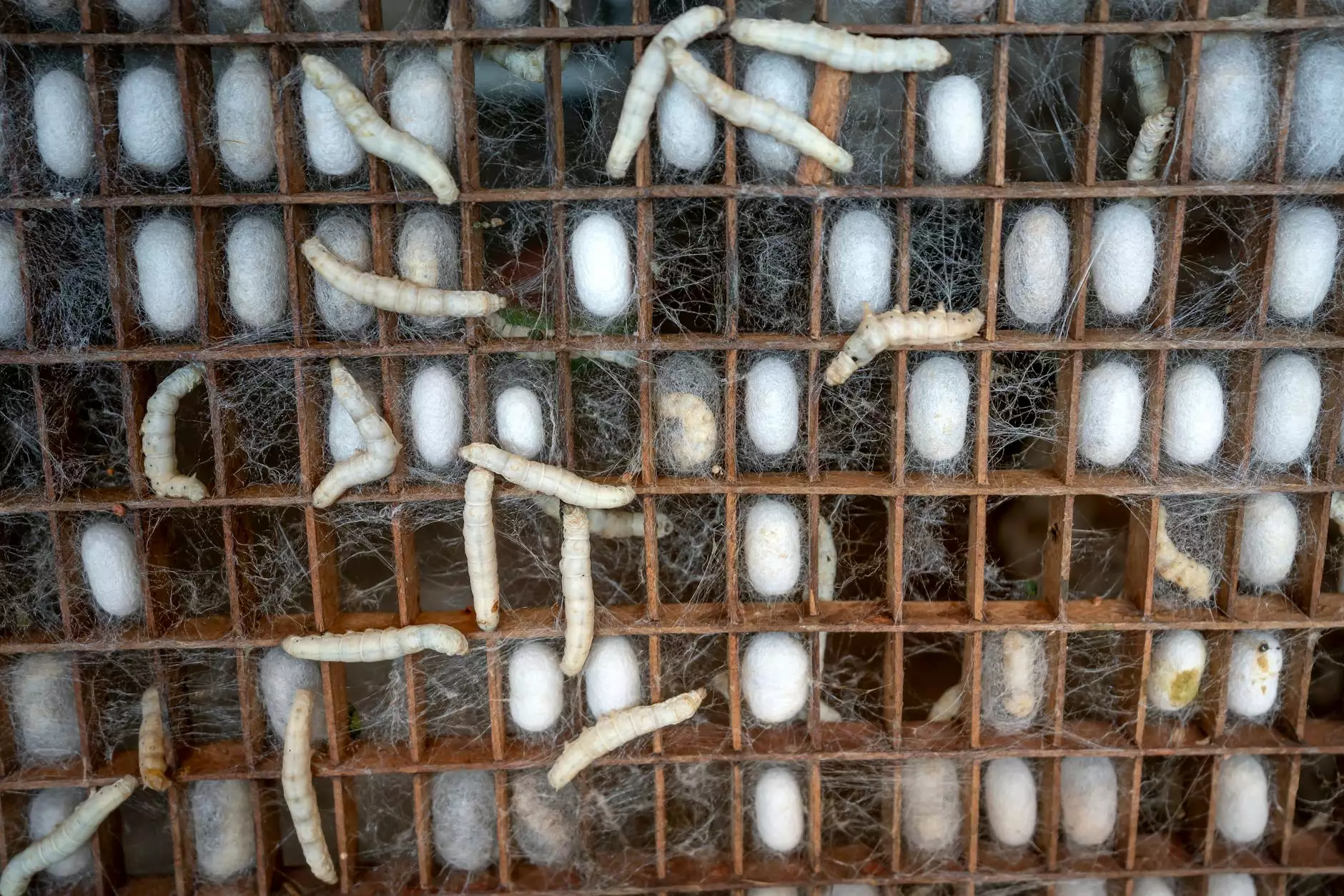About Silkworms

Silkworms are fascinating creatures with a rich history in the world of textiles. These invertebrates play a crucial role in the production of silk, a luxurious and highly sought-after fabric. In this comprehensive guide, we will delve into various aspects of silkworms, including their behavior, life cycle, and the process of silk production.
Key Facts About Silkworms
Before we explore the intricacies of silkworms further, let's take a look at some key facts about these remarkable insects:
- Silkworms are actually the larvae of the silk moth, Bombyx mori.
- They are known for their voracious appetite for mulberry leaves, which are the primary food source for silkworms.
- The process of silk production, known as sericulture, has been practiced for thousands of years.
- One of the most fascinating aspects of silkworms is their ability to spin silk threads from their salivary glands.
- There are different varieties of silkworms, each with unique characteristics and silk-producing capabilities.
Are Silkworms Endangered?
One common question that often arises is whether silkworms are endangered. The good news is that silkworms are not considered endangered as they are bred in captivity for silk production. However, like many insect species, silkworms face threats from habitat loss and environmental changes.
What Do Silkworms Do?
Silkworms play a vital role in the production of silk, a process that has been refined over centuries. When silkworms are ready to spin their cocoons, they secrete a fluid that hardens into silk threads. These threads are carefully harvested and processed to create luxurious silk fabric that is used in a wide range of applications, from clothing to home furnishings.
In addition to their silk-producing capabilities, silkworms also serve as important ecological indicators. Their presence and behavior can provide valuable insights into the health of ecosystems where they reside.
Interesting Silkworm Facts
Here are some interesting facts about silkworms that showcase their unique characteristics:
- Silkworms have a four-stage life cycle: egg, larva, pupa, and adult moth.
- The silk glands of a silkworm can produce up to a kilometer of silk thread in a single day.
- Silkworm silk is renowned for its strength and luster, making it a prized material for various applications.
Conclusion
In conclusion, silkworms are truly remarkable creatures that have captivated humans for millennia. Their role in silk production and their intriguing life cycle make them subjects of fascination and study. By understanding more about silkworms and their importance, we can appreciate the intricate processes that go into creating one of the world's most cherished fabrics.
For more information on silkworms, silk production, and other related topics, stay tuned to SEOStudios for insightful content and updates in the realm of invertebrates and beyond.



